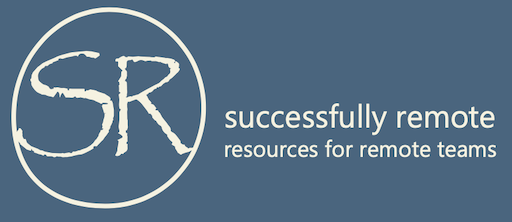Using team charters

Team charters make project plans explicit, and anything you can do to plan and communicate clearly greatly benefits remote teams. Think about it. If remote teams are challenged by less contact, less rich contact, distance, and the vagaries of cyberspace, these challenges can be reduced by clear planning.
A team charter reports the goals of a project and the methods for accomplishing those goals–particularly communication. The charter is the team plan, and it is a working document, meaning that it supports the team’s work and can change as the team needs it to. The charter is an excellent place to outline the communication expectations for a team (the results of metacommunication). In the example provided here, graduate students created a team charter for a usability project during the launch phase. The content you see here can be adapted to creating a charter for your own remote team projects.
Sample Team Charter for a Usability Project
PURPOSE AND SCOPE
The purpose of this Team Charter is to establish team goals and direction, to establish how the team will operate as a cohesive group, and to efficiently produce effective deliverables. This Charter will also address communication, team roles, and other elements of effective teaming..
SPECIFIC GOALS
By the end of the project, the team will accomplish the following goals:
- Team members will get first-hand experience in designing, planning, administering, and reporting the usability assessment of the Deputy Commandant for Mission Support U.S Coast Guard website (dcms.uscg.mil).
- Team members will understand the challenges associated with the various phases of usability testing of a government website.
- Team members will gain experience in using usability testing tools and methodologies.
- Team members will gain experience in using multiple technologies for coordination when working with a virtual team.
TEAM ROLES
This section defines the roles and responsibilities of each member in the team based on his/her skill set.
Table 1: Team members’ roles and responsibilities
| Role | Team member | Skills | Responsibilities |
TEAM MEMBERS
This section provides the multiple methods of contact for each team member.
Table 2: Team members’ contact details
| Team Member | Phone Numbers | Location | |
PROJECT DELIVERABLES AND SCHEDULE
This section lists the deliverables the team will prepare and the due date for each deliverable.
Table 3: Project deliverables and due dates
| Deliverables | Due Date |
COMMUNICATION NORMS
This section lists the communication expectations the team will follow during this project. These norms will act as a code of conduct for the team.
- Communicate using text messages, web conferences, and emails.
- Reply to communications in no more than 24 hours.
- Communicate actively; every modification or post must be shared with team members.
- Raise a flag early if a problem is emerging, and address it with a focus on solutions.
- If a new norm needs to be ratified for the benefit of the group, the Team Charter’s norms will be edited to reflect the change.
SYSTEMATIC FILING OF DRAFT WORK
This section describes how the project folders will be structured and how version control will be implemented.
- Folder structure:
- Use one folder for each deliverable.
- Within each folder, create a folder for draft team inputs and the final draft.
- Create one folder labeled “References,” in which the team may put anything relevant to this project.
- Version control:
- Make sure to notify the team when a change is made to any draft or a new copy is added.
- Before submitting the final version, both members will verify and approve the final version.
TEAM MEMBER AVAILABILITY
All team members are available to meet on one weekday night at 8 pm UTC -4 and on Saturdays at 9 am UTC -4. However, the team has agreed to meet on an as-needed basis and will coordinate the times and dates using text messages.
RESOURCES AND TECHNOLOGY
The team will use multiple communication media to ensure everyone is current with team updates. This will also provide the team with multiple options to reach out to a team member when required.
Team meetings
The team will primarily use Zoom for audio and video calls. The team will use Zoom to discuss deliverable updates and make collaborative edits as required. The team will use ‘WhatsApp’ as the backup medium.
Instant communication
The team will use text message or WhatsApp to communicate quick updates or any urgent notifications.
Email communication
The team will use email to communicate longer updates or send a document for review.
Document and resource sharing
The team will share and edit document drafts, references, and final deliverables using Google Drive.
Usability testing tools
The team will use multiple tools when conducting its usability studies. Currently the team is testing eye tracking software to decide which software to use in our usability testing project. The team will also use Zoom as the screen recorder to capture the participants’ screen and voice and to get a more accurate view of the participants’ thought process.

Leave a Reply